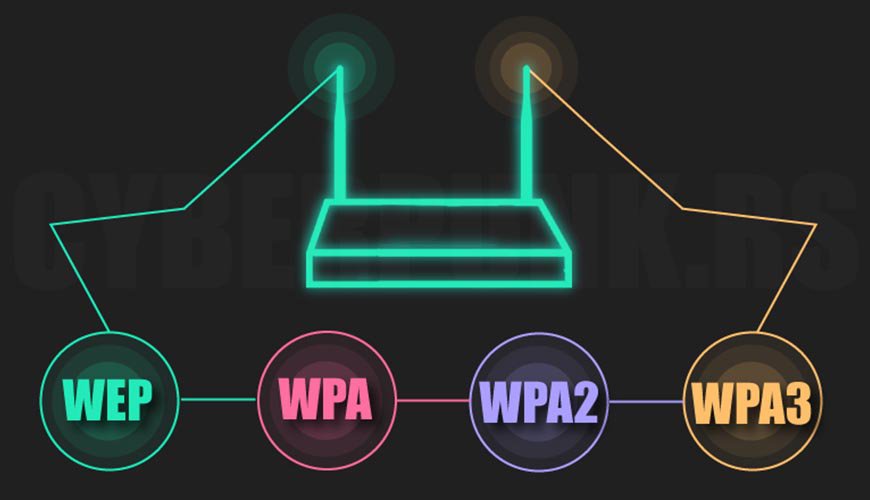What is the difference between WPA, WPA2 and WPA3 standards?
There are various WEP, WPA, WPA2 and WPA3 standards in Wi-Fi networks for security. But what is the difference between these standards?
Wi-Fi security is undoubtedly of particular importance to all of us. Therefore, we always use complex and complex passwords on our modem routers so that they are not easily hacked. Wi-Fi network security, however, is provided by a series of security protocols that have abbreviated letters.
Therefore, it is probably difficult for many users to recognize the superiority of these protocols.
Because of the importance of this issue, we decided to introduce you to these protocols and examine their differences. Stay tuned for the difference between WPA, WPA2 and WPA3 .
Introducing the differences between WPA, WPA2 and WPA3 standards
WPA
The first security protocol used in the Wi-Fi world was the WEP protocol, but with the increase in the number of cryptographic keys, in recent years WEP has encountered many security holes that have made it practically inefficient, so that simply and through Free software can also be used to hack passwords that use this protocol.
To address the problems of WEP, in 2003 we saw the introduction of WPA, which stands for Wi-Fi Protected Access. The protocol, which itself has several versions, including WPA-PSK, uses 256-bit keys. The protocol was equipped with features such as MIC (to detect modified packets between two points) and TIKP (WPA kernel to improve system security). However, TIKP was designed to be WEP compliant. This is why WPA is not as strong against attacks as WEP.
WPA2
This trend continued until 2006 when we saw the introduction of the WEP 2 protocol. Instead of TKIP, the protocol used the AES and CCMP algorithms, which were much more powerful. It goes without saying that WPA2 still uses TKIP.
The same changes made WPA2 much more secure than WPA, but there were still problems. In fact, this problem is more common in large organizational networks.
WPA3; The latest network security standard
In 2018, however, we saw the introduction of the WPA3 protocol. WPA3, the latest security standard developed, is more secure than previous standards. This standard addresses one of the most troubling problems of modems. WPA3 largely prevents wireless modem password hacking. This standard prevents obtaining a password through Brute Force (guessing the password by testing all available characters) or other hacking methods.
This standard has taken the side of caution. You can restrict access to your information, even if the hacker can obtain the modem password in any way.
Among the key features of WPA3 we can prevent password hacking, detect and prevent offline attack, forward secrecy feature (if the hacker has already obtained part of the data and after a while succeeds in password to decrypt this data (Can not use previous data) and so on. You can read more about WPA3 Security Standard for Wi-Fi networks introduced .
WPA2 is still secure
Currently, Wi-Fi networks often use WPA2, and we must say that this standard is still very secure, and as we explained, most attacks and damage are to large enterprise networks and do not pose a problem for home networks. This is because WPA2 has been constantly updated over the years.













